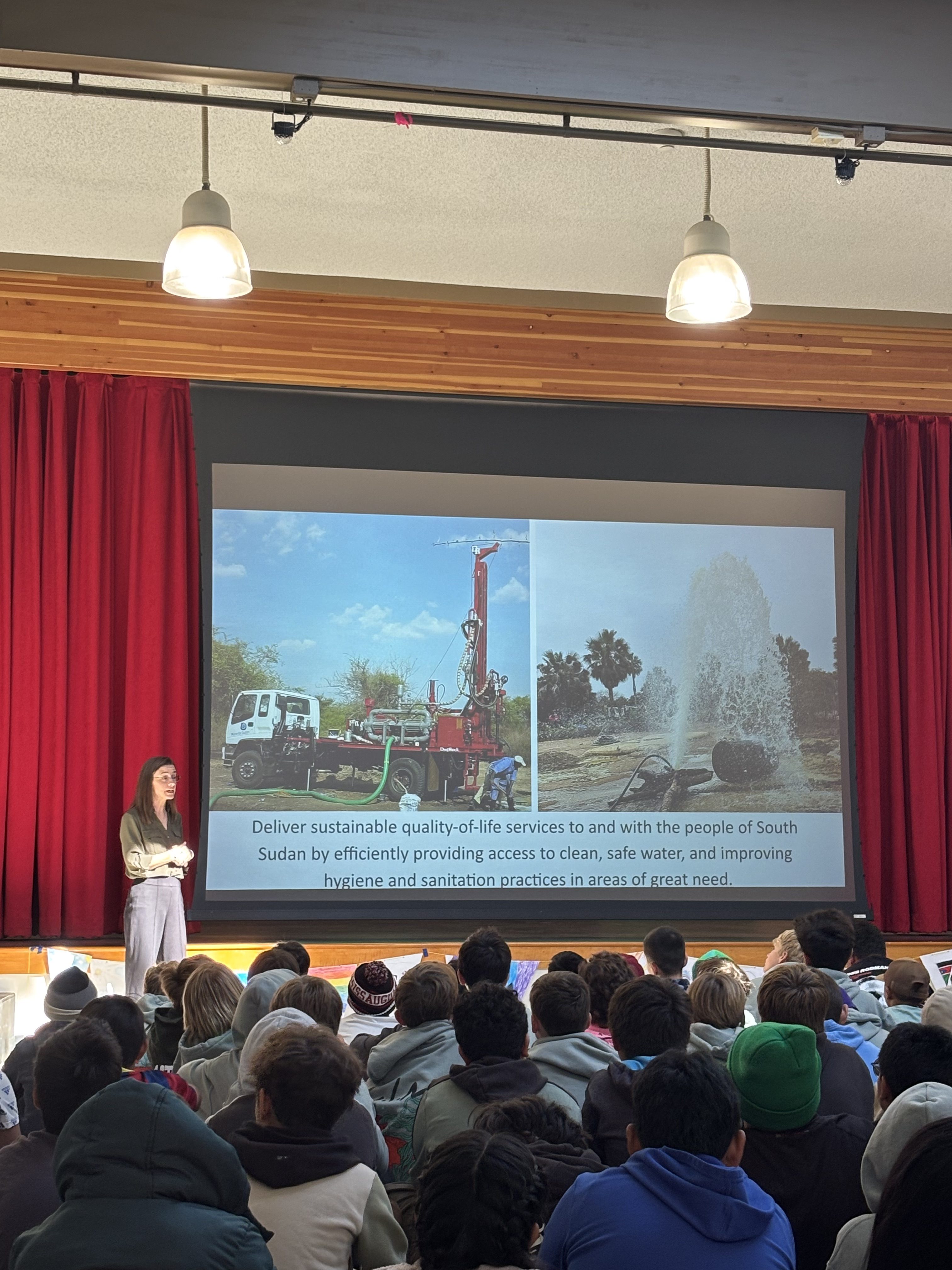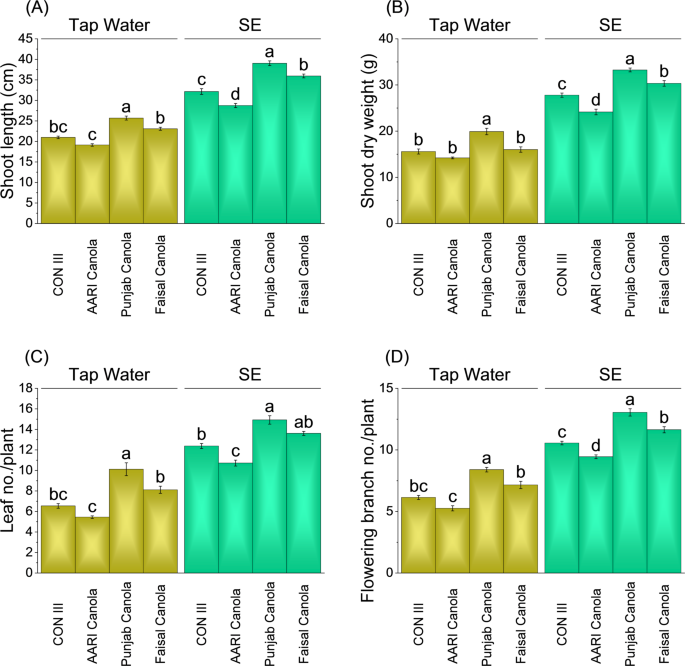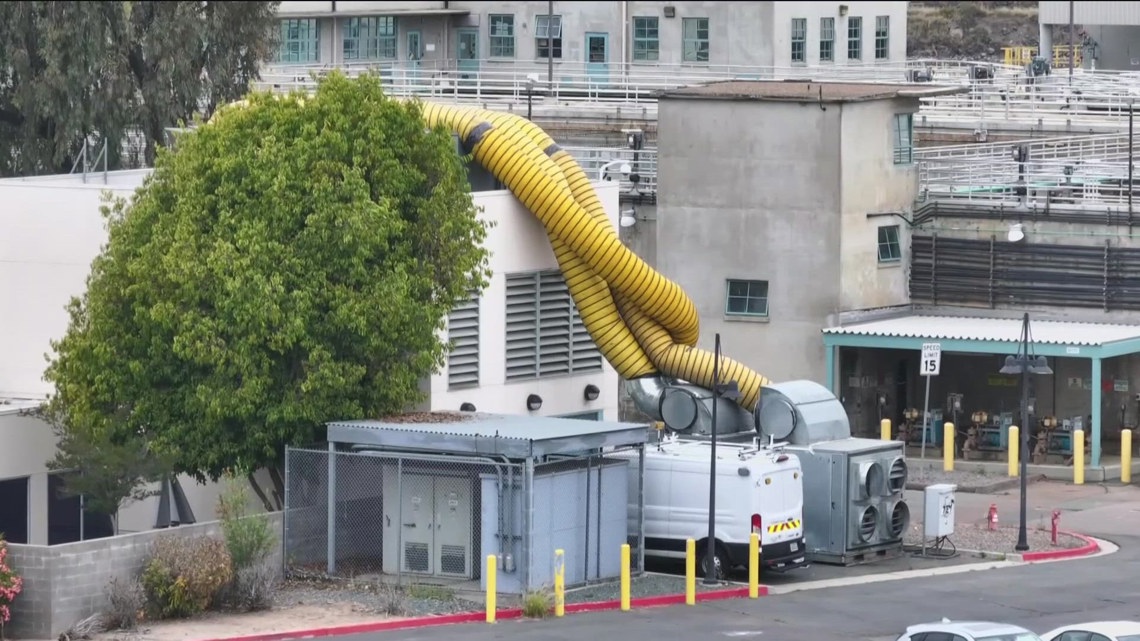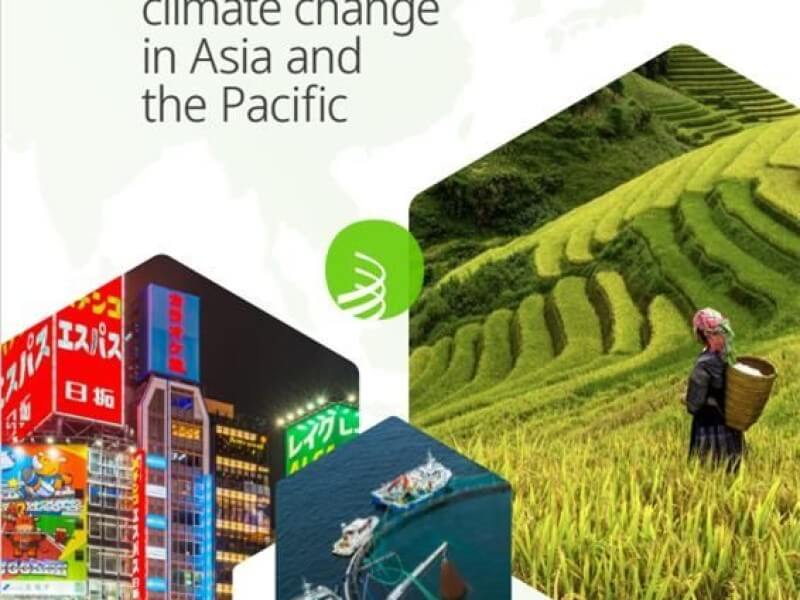Report on a School-Led Initiative Supporting Sustainable Development Goals in South Sudan
Executive Summary
This report details a successful fundraising and educational initiative undertaken by Vieja Valley Elementary School in support of the nonprofit organization, Water for South Sudan. The project highlights a significant contribution towards achieving several United Nations Sustainable Development Goals (SDGs), primarily SDG 6 (Clean Water and Sanitation), SDG 4 (Quality Education), and SDG 5 (Gender Equality). By raising over $5,000, the students directly supported the installation of clean water infrastructure in South Sudan, demonstrating a powerful model of global partnership (SDG 17) for sustainable development.
Initiative Overview: Vieja Valley Elementary and Water for South Sudan Partnership
Background
The initiative was inspired by Salva Dut, a former “Lost Boy of Sudan” and the founder of Water for South Sudan. After his own father suffered from illnesses related to contaminated water, Mr. Dut established the organization in 2003. Its mission is to drill wells and provide access to clean water for rural communities in South Sudan. To date, the organization has successfully drilled over 650 wells, providing water to more than half a million people and making substantial progress towards SDG 3 (Good Health and Well-being) and SDG 6.
The “Iron Giraffe” Fundraising Challenge
Vieja Valley Elementary School participated in the “Iron Giraffe” challenge, a global fundraising competition for schools. The students’ efforts, led by teachers Alexa Mannion and Amanda Olson, culminated in raising over $5,000. Their success earned them the grand prize: a visit from Salva Dut. The engagement provided students with a profound educational experience, connecting their classroom learning about humanitarian issues with real-world impact.
Alignment with Sustainable Development Goals (SDGs)
SDG 6: Clean Water and Sanitation
The project’s core objective is the advancement of SDG 6. The funds raised contribute directly to providing clean and accessible water in a region where it is critically scarce.
- Target 6.1: Achieve universal and equitable access to safe and affordable drinking water for all. The initiative directly funds the drilling of wells to meet this target.
- Impact: An estimated six million people in South Sudan lack access to clean water. Each new well alleviates this crisis for a community, reducing disease and improving overall health.
SDG 4: Quality Education
The initiative supports SDG 4 in two distinct ways: by removing barriers to education in South Sudan and by providing quality global citizenship education in the United States.
- Education in South Sudan: By providing a local water source, the project eliminates the need for children, especially girls, to walk for hours each day to fetch water. This allows them to attend school and pursue an education.
- Education at Vieja Valley: Students engaged in a comprehensive learning experience that included reading, research, a letter-writing campaign, and managing a coin drive. This fostered an understanding of global challenges and the importance of civic action.
SDG 5: Gender Equality
The provision of accessible water is a critical step toward achieving SDG 5, as it directly empowers women and girls.
- Reducing Unpaid Care Work: The daily burden of fetching water, which can involve carrying up to 40 pounds over long distances, falls disproportionately on girls. Local wells free up their time for education and other opportunities.
- Empowerment: Access to education and the reduction of laborious daily chores are fundamental to empowering girls and enabling their full participation in society.
Conclusion
The partnership between Vieja Valley Elementary School and Water for South Sudan serves as an exemplary case study of how localized action can contribute to global sustainable development. The initiative not only provided critical funding for clean water infrastructure but also instilled a sense of global responsibility and empowerment in students. As stated by student Noah Shenoda, “since we got this life, we can help other people get a little closer to it,” a sentiment that perfectly encapsulates the spirit of the Sustainable Development Goals.
Analysis of Sustainable Development Goals in the Article
1. Which SDGs are addressed or connected to the issues highlighted in the article?
-
SDG 6: Clean Water and Sanitation
This is the most prominent SDG in the article. The entire narrative revolves around Salva Dut’s charity, “Water for South Sudan,” and its mission to provide clean drinking water to communities in South Sudan. The article explicitly states that “Six million people in South Sudan lack access to clean drinking water” and details the organization’s work in drilling wells to combat this issue.
-
SDG 5: Gender Equality
The article connects the lack of clean water to gender inequality by highlighting the specific burden placed on girls. It mentions, “Children, especially girls, walk nearly four miles (eight hours) each day for water.” By providing local access to water, the project helps reduce this disproportionate burden on girls, freeing up their time for other activities, such as education.
-
SDG 4: Quality Education
This goal is addressed from two perspectives. First, the fundraising and awareness campaign at Vieja Valley elementary school is a form of global citizenship education. The students “spent the last year reading Dut’s story” and were “learning about humanitarian struggles occurring across the globe.” Second, by alleviating the need for children (especially girls) to spend hours fetching water, the provision of local wells can enable them to attend school, thus improving educational outcomes in South Sudan.
-
SDG 17: Partnerships for the Goals
The article exemplifies this SDG by describing the collaboration between a non-profit organization (Water for South Sudan) and educational institutions (Vieja Valley and thousands of other schools). This partnership is crucial for both fundraising and raising awareness. The article notes that “About 30 percent of the support for Dut’s nonprofit comes from schools,” showcasing a successful civil society partnership to achieve a common goal.
2. What specific targets under those SDGs can be identified based on the article’s content?
-
Target 6.1: Achieve universal and equitable access to safe and affordable drinking water for all.
The work of Salva Dut’s organization directly aims to achieve this target. The article describes the effort to drill “more than 650 wells to provide water to more than 500,000 people,” which is a direct action to increase the population’s access to clean drinking water in South Sudan.
-
Target 5.4: Recognize and value unpaid care and domestic work.
The article points out that girls spend up to “eight hours each day” on the domestic chore of fetching water. By drilling wells and creating local water points, the project reduces the time and labor of this unpaid work, which disproportionately falls on women and girls, thereby contributing to this target.
-
Target 4.7: Ensure that all learners acquire the knowledge and skills needed to promote sustainable development, including through education for global citizenship.
The activities at Vieja Valley elementary school are a practical application of this target. The students engaged with the book “A Long Walk to Water,” participated in a coin drive, and wrote letters, which helped them acquire knowledge about global humanitarian issues and develop skills in advocacy and fundraising, thus promoting global citizenship.
-
Target 17.17: Encourage and promote effective public, public-private and civil society partnerships.
The fundraising model described in the article is a clear example of a civil society partnership. The collaboration between the “Water for South Sudan” nonprofit and the network of schools, which provide “30 percent of the support,” demonstrates an effective partnership model that leverages community engagement to achieve development goals.
3. Are there any indicators mentioned or implied in the article that can be used to measure progress towards the identified targets?
-
Indicators for Target 6.1:
The article provides several quantitative indicators to measure progress:
- The number of people lacking access to clean water: “Six million people in South Sudan lack access to clean drinking water.” This serves as a baseline.
- The number of wells drilled: “more than 650 wells.”
- The number of beneficiaries: “provide water to more than 500,000 people.”
-
Indicators for Target 5.4:
The article implies an indicator related to time-use:
- Time spent on collecting water: “walk nearly four miles (eight hours) each day for water.” Progress could be measured by the reduction in this time for households in villages with new wells.
-
Indicators for Target 4.7:
The article provides qualitative indicators of mainstreaming global citizenship education:
- Integration of relevant materials into the curriculum: Students “spent the last year reading Dut’s story.”
- Student engagement in awareness and fundraising activities: The “coin drive” and “letter-writing campaign.”
-
Indicators for Target 17.17:
The article mentions financial indicators for the partnership:
- Amount of funds raised by partners: Vieja Valley school “raised more than $5,000.”
- Percentage of funding from a specific partner type: “About 30 percent of the support for Dut’s nonprofit comes from schools.”
4. Summary Table of SDGs, Targets, and Indicators
| SDGs | Targets | Indicators |
|---|---|---|
| SDG 6: Clean Water and Sanitation | 6.1: By 2030, achieve universal and equitable access to safe and affordable drinking water for all. |
|
| SDG 5: Gender Equality | 5.4: Recognize and value unpaid care and domestic work. |
|
| SDG 4: Quality Education | 4.7: Ensure all learners acquire knowledge and skills needed to promote sustainable development and global citizenship. |
|
| SDG 17: Partnerships for the Goals | 17.17: Encourage and promote effective public, public-private and civil society partnerships. |
|
Source: independent.com







